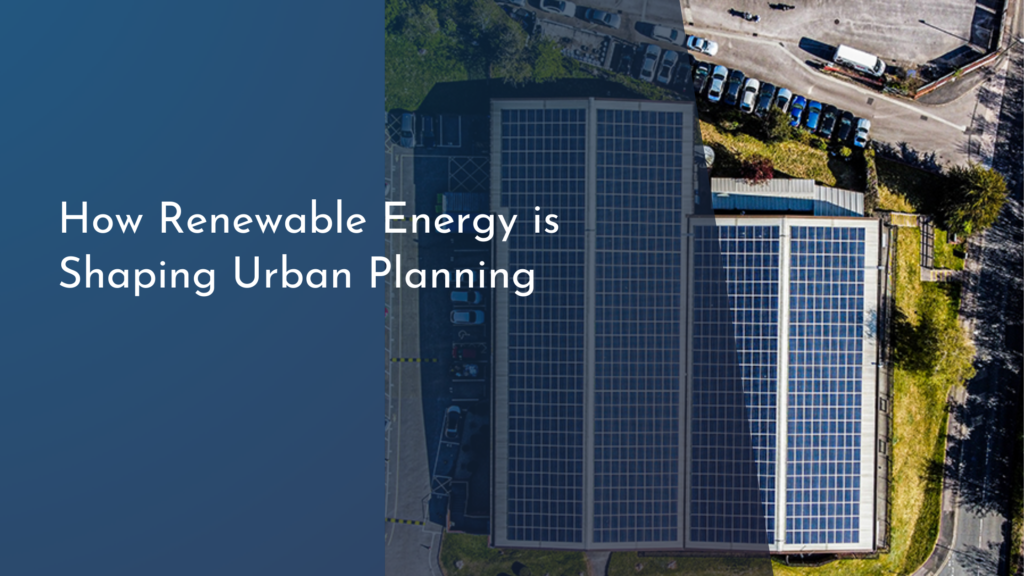The Role of Urban Forestry in City Branding
Urban forestry has emerged as a significant component of city branding, transforming urban landscapes into vibrant ecosystems that enhance quality of life. As more cities recognize the importance of green spaces, trees have become synonymous with a city’s identity, providing not just aesthetic appeal but also environmental, social, and economic benefits. This article explores the multifaceted role of urban forestry in city branding and how municipalities can leverage nature to cultivate their unique identities.
Discovering Urban Forestry: A Green City Asset
Urban forestry involves the planning and management of trees within urban settings, integrating them into the fabric of city life. It encompasses everything from street trees and parks to green roofs and urban gardens. This exploration of greenery brings a refreshing dimension to urban planning and development, showcasing how cities can balance concrete structures with natural elements. A well-managed urban forest not only beautifies cities but also creates habitats for wildlife, contributing to ecological diversity.
Moreover, urban forestry serves as a critical asset in mitigating some of the challenges faced by urban environments, such as air pollution, heat island effects, and stormwater management. By incorporating trees and green spaces into city landscapes, municipalities can enhance their sustainability efforts, making city branding more appealing to environmentally conscious citizens and tourists alike. As cities strive to present themselves as innovative and forward-thinking, the integration of urban forestry becomes an integral part of that narrative.
The Benefits of Trees: Enhancing City Identity and Charm
Trees play a pivotal role in shaping a city’s identity, offering a sense of place that resonates with both residents and visitors. Each tree species can represent the cultural and historical context of an area, creating a unique ambiance that distinguishes one city from another. For example, cherry blossom trees may evoke images of springtime festivals in Washington D.C., while palm trees can conjure the laid-back vibe of Los Angeles. This natural diversity not only enhances visual aesthetics but also fosters community pride and belonging.
In addition to their aesthetic contributions, trees can significantly boost local economies. Research has shown that neighborhoods with abundant greenery tend to attract more tourists and potential residents, ultimately increasing property values and local business revenue. As cities compete to market themselves as desirable destinations, the charm and character provided by urban forests become invaluable branding tools. Cities that invest in their green spaces often find themselves on the map as attractive locales for both tourism and residency.
Greener Cities, Happier People: The Power of Nature
The presence of greenery in urban areas has been linked to numerous psychological and social benefits, contributing to the overall happiness of city dwellers. Studies indicate that access to parks and green spaces can reduce stress levels, promote physical activity, and even enhance cognitive function. As people increasingly seek respite from the hustle and bustle of city life, urban forests offer much-needed sanctuaries where they can relax and recharge. This connection to nature can foster a sense of community, as green spaces often serve as gathering spots for social interaction and cultural events.
Furthermore, the health benefits associated with urban forestry are profound. Trees improve air quality by absorbing pollutants and providing oxygen, while also moderating temperatures to combat urban heat islands. Such health-conscious initiatives resonate well with modern urbanites, who prioritize well-being in their choices about where to live and spend their leisure time. As cities emphasize their commitment to public health and environmental sustainability through urban forestry, they cultivate a positive image that appeals to a broader audience.
Strategies for Effective Urban Forestry in City Branding
To effectively incorporate urban forestry into city branding, municipalities must develop comprehensive strategies that prioritize the long-term sustainability of green initiatives. This can include creating diverse tree planting programs that reflect the local ecosystem, engaging in community education about the benefits of trees, and fostering partnerships with local organizations to promote tree care and preservation. Collaborative initiatives can amplify the impact of urban forestry and encourage residents to take pride in their green spaces, ultimately integrating these efforts into the city’s brand narrative.
Additionally, cities should leverage technology and data analytics to monitor the health and growth of urban forests. Tools such as GIS mapping can help identify areas in need of greening, while social media campaigns can highlight the successes of urban forestry projects. By communicating these achievements and showcasing community involvement, cities can foster a sense of ownership among residents and enhance their brand image. Urban forestry should not just be seen as an add-on but as a core component of what makes a city vibrant, engaging, and attractive to both residents and visitors alike.
In conclusion, urban forestry serves as an invaluable asset in the realm of city branding, enriching urban environments in numerous ways. By enhancing city identity, fostering happiness, and promoting sustainability, trees and green spaces provide a unique narrative that sets cities apart in a competitive landscape. As municipalities recognize the myriad benefits of incorporating urban forests into their branding strategies, they pave the way for greener, more vibrant cities that inspire pride and connection among their inhabitants. Embracing urban forestry is not just about planting trees; it’s about planting the seeds of a flourishing future.


